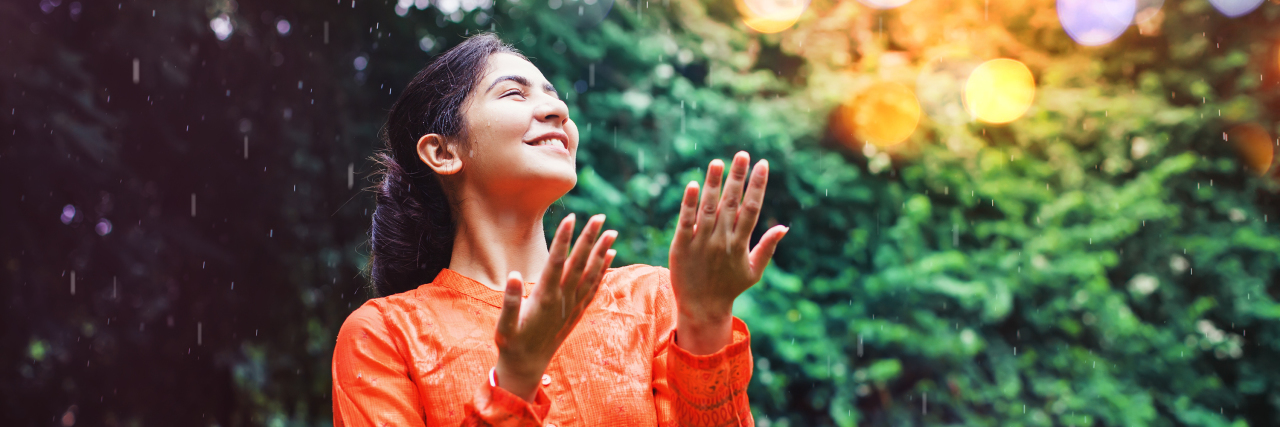I live in India, in a society which is prejudiced and biased against any kind of disability. In India, people with disabilities fight and struggle to have their diversity acknowledged and respected. Sadly, so many people with disabilities themselves don’t emphasize their “difference” as just that — difference with equality — but tend to see it as either a privilege or (more often) a disadvantage.
World Health Organization estimates suggest that almost a billion people globally live with some kind of disability. In the U.S., a survey suggested that a whopping 74 percent of people with disabilities do not use a wheelchair or any other aid that makes their impairment visible to the people who see them.
I have invisible disabilities. The world sees me in my public appearances as a confident woman who speaks her mind, who uses no disability aid or badge because in my country neither my fibromyalgia, nor my long-term high-functioning depression is recognized as a disability. Behind that active social life evident on social media and social engagements both personal and professional is a woman with a body that is constantly tired, a face that is often frozen in myofascial pain, shoulders and back that feel like slabs of ice and above all a brain struggling with fog and mixing up words, directions and conversations.
In India we have a famous, iconic Hindi film called “Mr. India,” in which the hero attains the “superpower” of being invisible and can only be seen in red light. In my inspirational talks and interactions as a survivor, I often use his character as a metaphor for myself. I am the invisible woman, Ms. India, whose successful and happy moments are visible to all, but whose pain and vulnerability aren’t.
The invisibility of my pain is one of my major motivations to speak about it. I have become an author, columnist and activist, putting all my powers behind the discourse about mental health awareness, chronic pain awareness and invisible disability awareness.
I don’t hide my pain, my helplessness in the face of it and how I triumph in my daily battles with it.
This Invisible Disabilities Week, I promise myself that I will keep baring this part of me in the hope of becoming a voice for more people like me, especially in India.
Getty image by LiudmylaSupynska.

